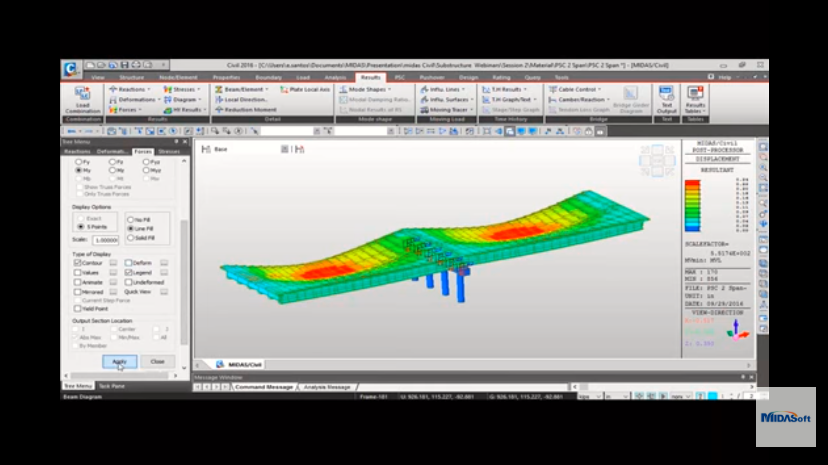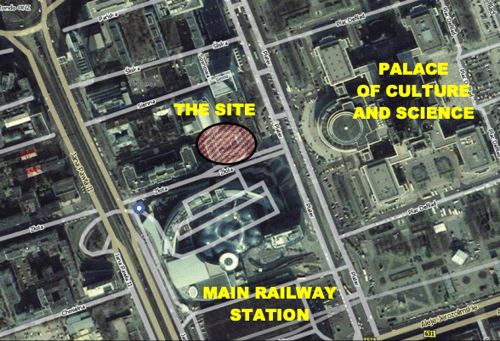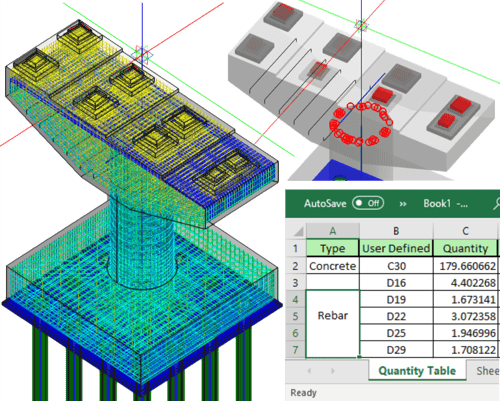Are you really using All-in-One solution?

Author: Fiona Tian
Publish Date: 1 Jan, 2019

Let’s imagine this scenario – you have 90% of the final design that needs to be submitted in a few months. Meaning the type, size, and location of the bridge should be defined. This also includes the substructure plans, the foundation layout, and the construction phases.
It’s been widely debated on utilizing niche software for each component of the bridge vs. using a software that can integrate all the information of the bridge. Consensus has engineers adopting the solution that can model, analyze, and design in one software. But this begs the question, is it a real all-in-one solution or an amalgamation of software?
What is All - In - One Solution?
You may be wondering what the differences between an all-in-one solution and an integrated solution are. The differences lie in how the software integrates the solution. With an all-in-one, the software fully integrates the superstructure and substructure modeling, analysis, design and load rating for all bridge type, including the project stages for the entire bridge system in a single file.
An integrated solution implements a separate tool to transfer 3D and geometric models, bridge material type, superstructure, substructure data/files from one program to another. Integrated solutions usually have a suite of software and/or modules to link each component of the bridge system.
Why All - In - One - The entire project in a single file.
Is there a benefit to having the complete bridge system in a single file? Industry experts have confirmed that the advantages of modeling, analysis, and design, all-in-one software will bring efficiency and cost-effectively to bridge design. The substructure and superstructure form must be consistent and compatible with achieving a genuinely excellent design concerning economic, structural, and aesthetic demands.
Efficiency comes at a considerable cost if the user must operate outside the frame of the initial model. To find the best design alternative, engineers will need to modify and update the bridge; one change will subsequently change the outputs, design, and rating. Importing and exporting files warrants a quality check to ensure the integrity of the system remains intact. Each edit/modification will come at the cost of repetitive steps which are compounded as the engineer imports the file into each software or module.
Simplicity
All-in-one software enables bridge engineers and design firms the control of modeling, analyzing, and designing more efficient design cost-effective bridges of varying complexity. Midas civil is the integrated solution system for bridge and civil engineering. It is equipped with functions for any bridge analysis that you will have to run, thus eliminating the need for multiple software programs. The software is compliant with AASHTO Load and Resistance Factor Design (LRFD). Midas Civil is a true all-in-one comprehensive solution for all bridge types.
Midas Civil All-In-One functions, and how-to tutorial.
The Advantages/ROI of Full Model Analysis with Midas Civil
- Increase the accuracy of the results.
- The entire structure works together as a system; since the behavior of the superstructure influences the substructure and vice versa.
- Modeling the entire system can reduce the number of assumed parameters. Get more realistic behavior, displacements, stresses, etc.
- Reduce the project time.
- No need to transfer through multiple software/modules - everything in one platform and learn one program.
- Modifications and edits to the design update without leaving the platform.
If the goal of the software, whether an all-in-one or integrated solution, is to effectively simulate a 3D model, design, analysis and load rating for specific bridge, does it matter which method? Frankly, it can be argued both ways. Because, ultimately the purpose of any software is to ensure the engineers see an increase of efficiency especially with determining the best design strategy. Where do you stand in the all-in-one vs. integrated solution debate? You are welcome to share your thoughts with us!



Add a Comment